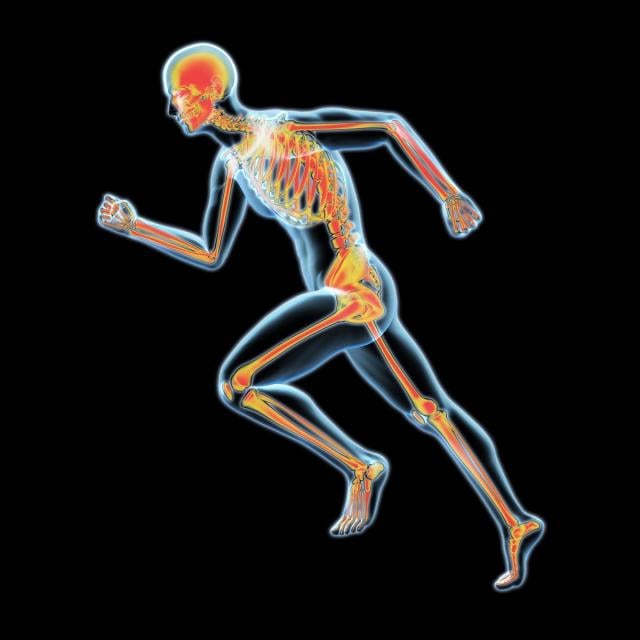MOOC List is learner-supported. When you buy through links on our site, we may earn an affiliate commission.

MOOC List is learner-supported. When you buy through links on our site, we may earn an affiliate commission.
In this course, you will participate in two such activities. You will examine the femurs from a number of different species. You will also explore how footprint data is used to estimate the height of a species. You will participate in a dig at the Koobi Fora fossil site in Kenya. Furthermore, you will explore what a phylogenetic tree is and how they help in discovering the relative relatedness of a group of species. Virtually you will visit the Hall of Human Origins at the Smithsonian's National Museum of Natural History. This course will also help you understand the world of fossils. How fossils are formed, how paleontologists find fossils, how they are examined to find information will also be discussed here.
Every module of this course has been created with the intention of a “hands-on” learner experience, where you can play around with and learn from 3D renditions of different human and animal fossils. You will explore fossil sites as well.
This course is part of the Bipedalism: The Science of Upright Walking Specialization.
Syllabus
Module 1: Inquiry Activities
This module provides an introduction to the human skeleton and explores the scientific usage of footprint data. It also takes you to some fossil sites. You also learn about the phylogenetic tree activity based on anatomy and genetics.
Module 2: Visiting the Smithsonian National Museum of Natural History
This module explores the history of human evolution as seen in the "Hall of Human Origins" in the Smithsonian National Museum of Natural History.
Module 3: Science in Action
This module provides an understanding of how and what we learn from fossils. You will also explore the history of human origin in South Africa.
MOOC List is learner-supported. When you buy through links on our site, we may earn an affiliate commission.
MOOC List is learner-supported. When you buy through links on our site, we may earn an affiliate commission.
